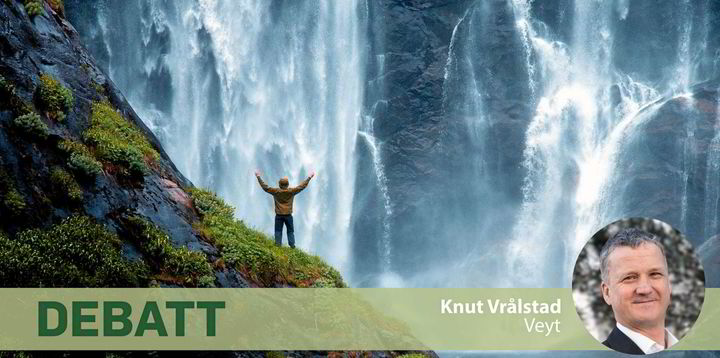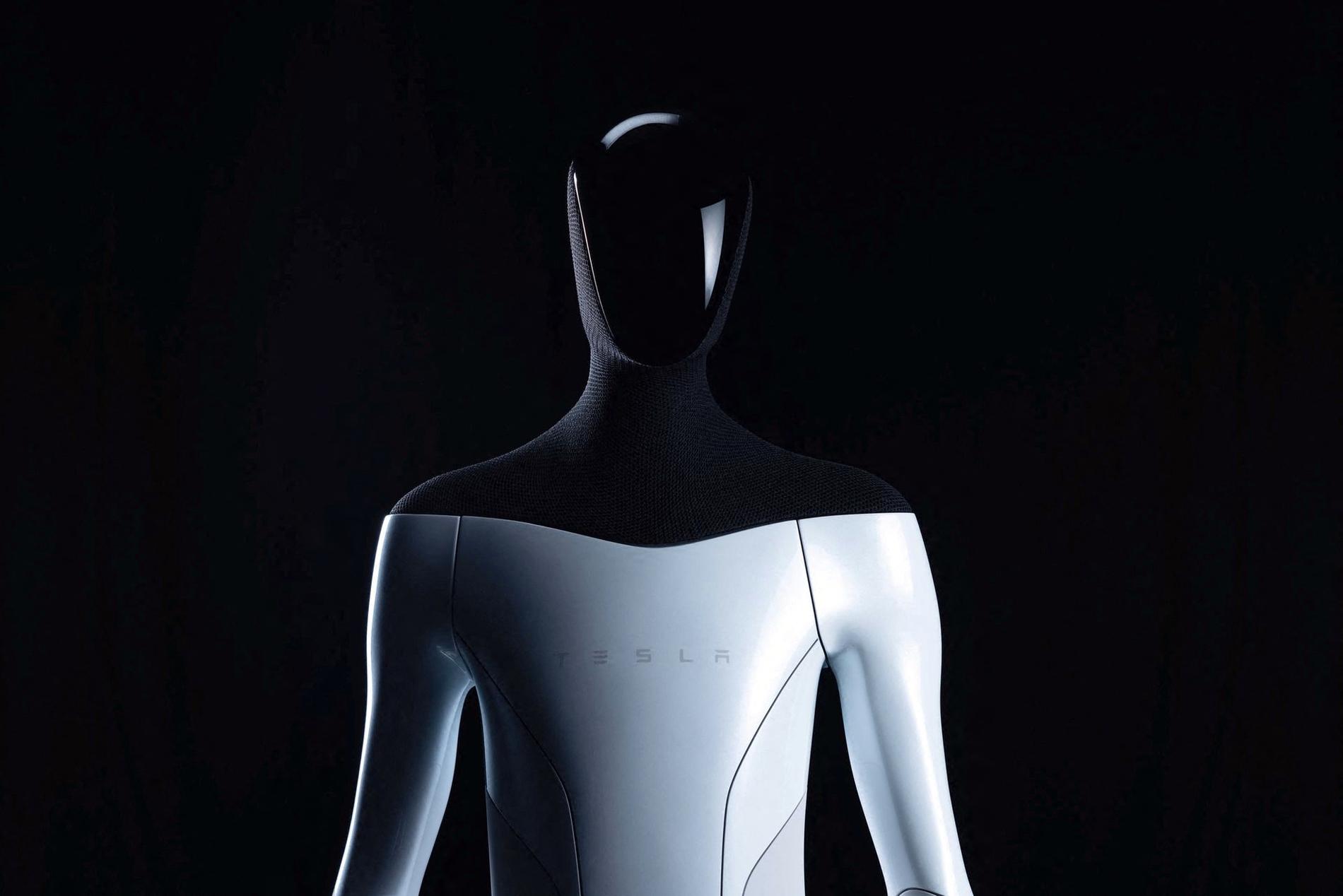This is an introduction to the discussion that represents the opinions of the article's author.
Written by: Knut Fralstad, Head of Renewable Energy Analysis at analysis company Veyt
Norwegian municipalities and the Norwegian state could gain up to NOK 75 billion over the next 10 years from a European scheme with guarantees of origin for renewable energy. However, the government believes that Norway should withdraw from this system.
Green certification takes on a more important role
When power is sent from a hydropower plant to the grid, it can no longer be physically traced. In Europe, a system has been developed to document that energy sold or used is green. Guarantees of origin have become an important part of the overall package of measures to achieve Europe's climate goals.
As a market-based instrument, guarantees transfer a “green premium” from consumers to renewable energy producers. The green premium can be seen either on the production side, as the additional cost of producing a green alternative, or on the consumer side, as the premium they are willing to pay for a green alternative. In this context, this is the latter meaning I use.
The use of guarantees of origin is voluntary, but the EU has worked to stimulate demand by making guarantees increasingly attractive and necessary. In the energy sector, for example, it has been prohibited since 2021 to sell energy as green energy without using guarantees of origin such as product declaration. New rules for reporting on sustainability and green hydrogen production also give guarantees of origin a central place.
Article continues below ad
Different country
For 2022, NVE reports that approximately 21 percent of Norwegian energy consumption is certified as renewable through the use of guarantees of origin. According to market logic, the rest of Norwegian energy consumption is no less dirty than other European energy consumption that has not earned the right to label its renewable energy purchases. So NVE calculated how dirty the electricity we buy is.
The Norwegian Electricity Suppliers' Official Product Declaration for 2022 shows that energy sales without guarantees of origin are supplied by 70 percent from fossil power generation, 16 percent from nuclear, and 14 percent from renewables.
But at the same time, NVE is also calculating the “Climate Declaration for Electricity Actually Supplied” in Norway. It does not take into account guarantees of origin and shows that 95 percent of the electricity consumed in Norway in 2022 was renewable. Therefore, we face a dilemma in Norway, where electricity suppliers sell dirty electricity to consumers, who are nonetheless allowed to describe their electricity consumption as 95 percent clean.
Norwegian superpower
This is not much known in this country, but Norway is a major power in the European Common Market for Guarantees of Origin. Norwegian hydropower stations are the largest provider of all and account for 135 TWh, or 17 percent, of all guarantees of origin issued in 2023. The market value of these certificates has reached NOK nine billion, and Veit estimates that Norwegian hydropower stations could earn between . 58 and 74 billion in guarantees of origin for the next ten years. In this way, Norwegian power plants owned by municipalities and the state receive their green premium directly at the expense of German industry, Dutch farmers, and Italian households.
Why does the government think it's a good idea to say no to this income? The reason lies in the green Norwegian crossroads we are about to embark on; If we sell the greenness of Norwegian hydropower abroad, it becomes increasingly difficult to claim that Norwegian industrial goods depend on the same green energy.
But it's not easy to opt out when there's so much extra income for municipalities across the country. For example, a hydropower plant in northern Norway could increase its income by 15 percent in 2022 and 20 percent in 2023 by selling guarantees of origin.
What now?
We do not expect Norway to break away from the European market for guarantees of origin any time soon. In addition to the significant loss of income, it seems for now that we will be allowed to continue our struggle. It may also be difficult for the EU to agree to Norway's exit, both because we are big sellers to the European market, but also because we are choosing not to participate in an important part of European climate policy and the EU's internal energy market, with which we would otherwise be closely linked.
At Veyt, we believe in the most market-based approach to organizing our way through the green transition. Whether it is guarantees of origin or climate quotas, they are a very effective way to ensure that money goes to good causes without politicians having to pick winners. It creates innovation and dynamism, and its administrative costs are very low compared to systems that impose taxes and subsidies.
The European Union takes the lead and ensures that effective solutions can be financed and implemented across national borders. We need such systems, and Norway should continue to participate. But how long can we continue to stand in this dilemma?

“Web specialist. Lifelong zombie maven. Coffee ninja. Hipster-friendly analyst.”



